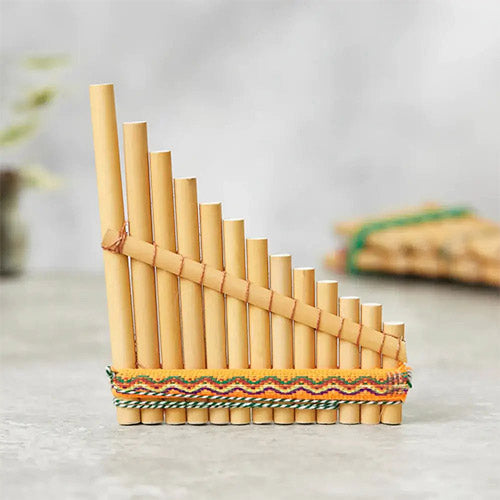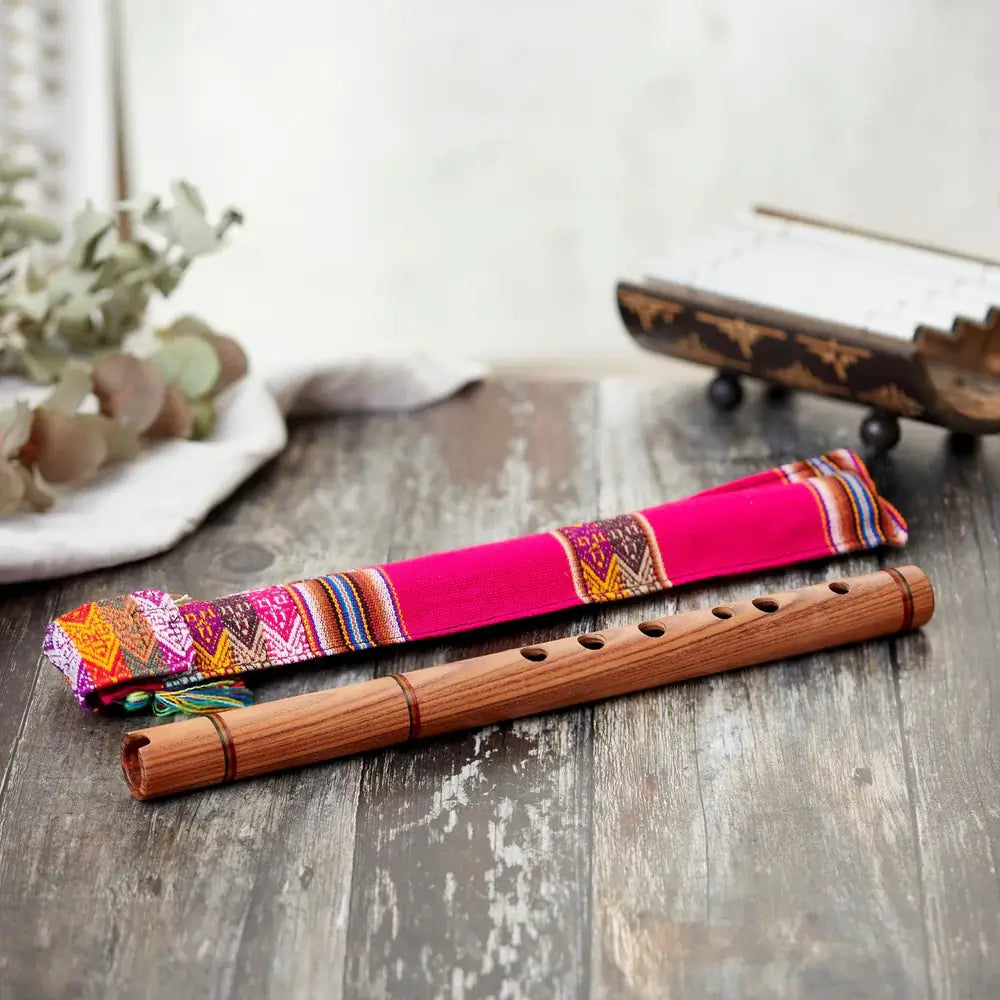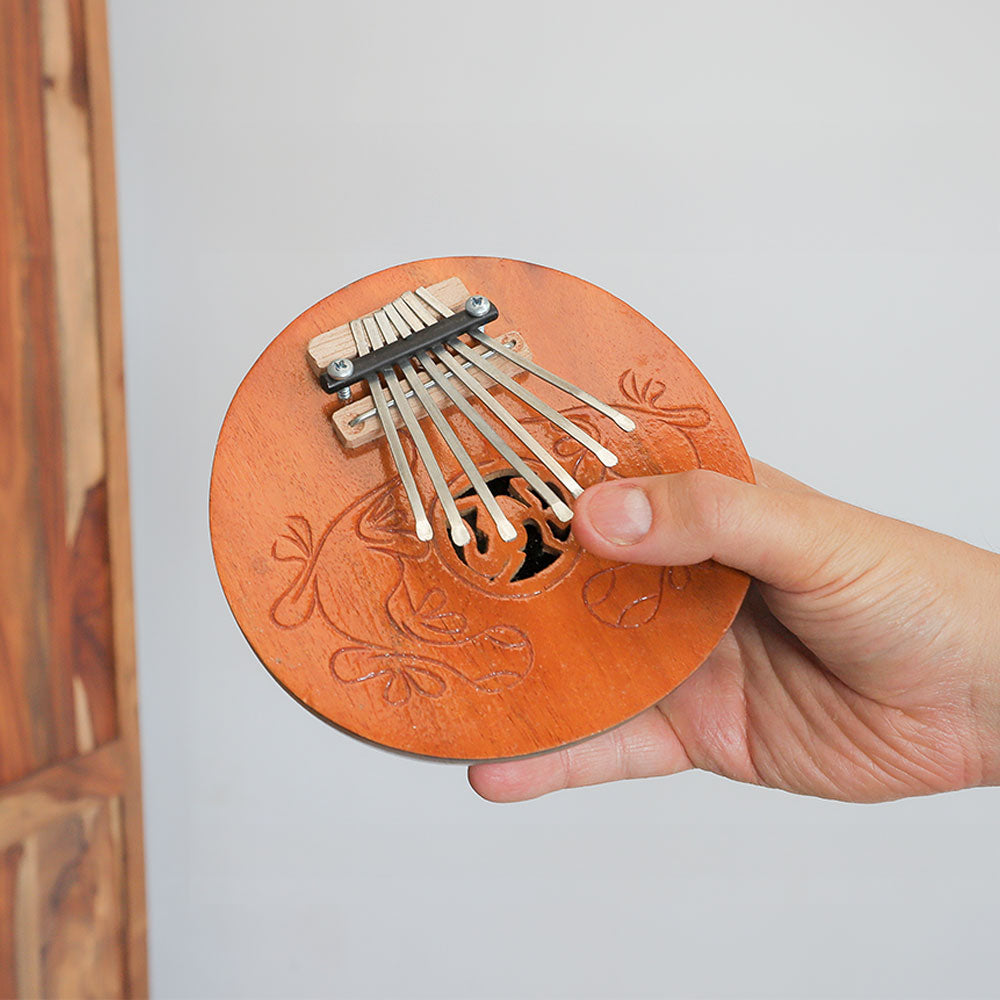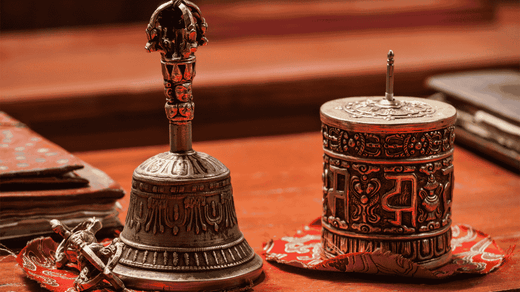A bird caller is a small handheld instrument used to imitate the sounds of birds in order to attract or communicate with them. These tools are often used by birdwatchers, hunters, researchers, and nature enthusiasts to observe birds more closely or study their behavior. Bird callers can mimic a wide range of bird species by adjusting pitch and rhythm. While used globally, they are especially popular in countries with strong birdwatching traditions like the United States, France, and the UK. They are valued for their simplicity, portability, and effectiveness in drawing birds out of hiding.
History of Bird Caller
The history of the bird caller dates back hundreds of years, with early versions used by hunters and naturalists to lure birds for observation or capture. One of the most iconic contributions came from France in the 19th century, where bird calling became a refined practice and even an art form. In 1980, French naturalist François Morel gained recognition for developing a wide range of hand-crafted bird calls that precisely mimic species-specific sounds. These instruments helped popularize bird calling in educational and environmental settings and are still made by artisans today.
Types of Bird Caller
Bird callers come in a variety of types, each designed to imitate specific bird species or families. Common varieties include whistle-style callers, reed-based blow callers, and twist or friction-based callers that replicate chirps, trills, and other bird sounds. Some mimic general songbirds, while others target specific species like owls, doves, or ducks. Each type has unique sound qualities—some offer high-pitched tweets, others deep hoots or coos. Many are handcrafted from wood or metal and may require slight technique adjustments for different tones, making them both musical and practical nature tools.
Wagtail Bird Caller

Handmade in France from boxwood and nickel silver, the Wagtail Bird Caller is a compact, eco-friendly whistle designed to mimic the high, metallic song of the native wagtail and the playful babbling of a brook. Ideal for bird watchers and sound enthusiasts, it not only attracts birds but also allows for creative improvisation and amusing sound effects. Measuring 5.5 cm and weighing 120g, this durable, cylindrical instrument is both functional and fun. Simply wipe clean after use, and handle with care to enjoy safe, responsible interaction with nature.
Purchase the Wagtail Bird Caller Here.
Grey Partridge Birdcaller

★★★★★ - “Well made, as described. This call is well made: the sound produced is similar to the blackbird, but from there to imitate its song, there is still a long way to go. I need to practice”. - Verified Buyer
Crafted from solid boxwood in France, this compact 6cm bird caller lets you easily imitate the sounds of the Eurasian Wigeon and Grey Partridge while also encouraging playful experimentation with other fun sound effects. Weighing 120g, it's a charming woodwind-style instrument ideal for bird watchers and nature lovers. Though simple in design, its quality build and lifelike tones make it both entertaining and effective. Just wipe clean after use, and always supervise children due to its small parts and weight.
Purchase the Grey Partridge Birdcaller Here.
Blackbird Bird Caller

Crafted in France from durable boxwood and nickel silver, this large Blackbird Bird Caller lets you authentically replicate the territorial calls of the blackbird and the high-pitched song of the wagtail. Ideal for birdwatching, education, or theatrical use, it’s both a functional instrument and a thoughtful gift. Measuring 5.5cm and weighing 120g, it also doubles as a playful sound effects tool. Just wipe clean after use and handle with care, especially around children.
Purchase the Blackbird Bird Caller Here.
Tips for Choosing the Right Bird Caller
When choosing the right bird caller, consider which bird species you want to imitate, as each caller is typically designed to replicate specific sounds. Look at the materials—wooden bird callers like those made from boxwood often offer a more natural tone and feel. Think about the intended use: is it for birdwatching, performance, education, or sound design? Beginners may prefer simpler models, while seasoned users might want multi-tone or adjustable options. Bird callers are suitable for nature enthusiasts, musicians, teachers, or anyone curious about animal communication and sound effects.
The Pros and Cons of Buying a Second-Hand Bird Caller
Buying a second-hand bird caller can be a great way to save money and potentially find rare, vintage, or discontinued models, especially if it's a well-made handmade version. However, wear and tear might affect sound quality or hygiene, and previous misuse could have damaged the internal components. New callers, particularly handmade ones, ensure top condition, longer lifespan, and ethical craftsmanship. If sound precision and hygiene are priorities—or if you want a piece made with care—new, handmade bird callers are your best bet. For those on a budget or collectors, second-hand can still be worthwhile with careful inspection.
Unique Bird Caller Accessories
To enhance your bird caller experience, consider practical and fun accessories like padded carrying pouches for protection, neck lanyards for quick access, and instructional guides or sound charts for accurate use. For wooden bird callers, applying a small amount of natural oil (like linseed or mineral oil) occasionally can help preserve the wood and improve its tone over time. Cleaning cloths, storage boxes, and even companion field notebooks make the experience more engaging, whether you’re birdwatching or making music.
Bird Caller in Popular Music
Bird callers have found their way into experimental, ambient, and folk music, adding organic and whimsical textures. They’ve been used in nature-inspired compositions and field recordings, especially by sound artists and composers like Bernie Krause and Messiaen, who explored birdsong in orchestral and electronic music. Some world musicians also integrate bird callers into live performances to connect more deeply with natural soundscapes. While not mainstream in pop or rock, their niche use creates a unique auditory experience that blends the boundaries between nature and music.







